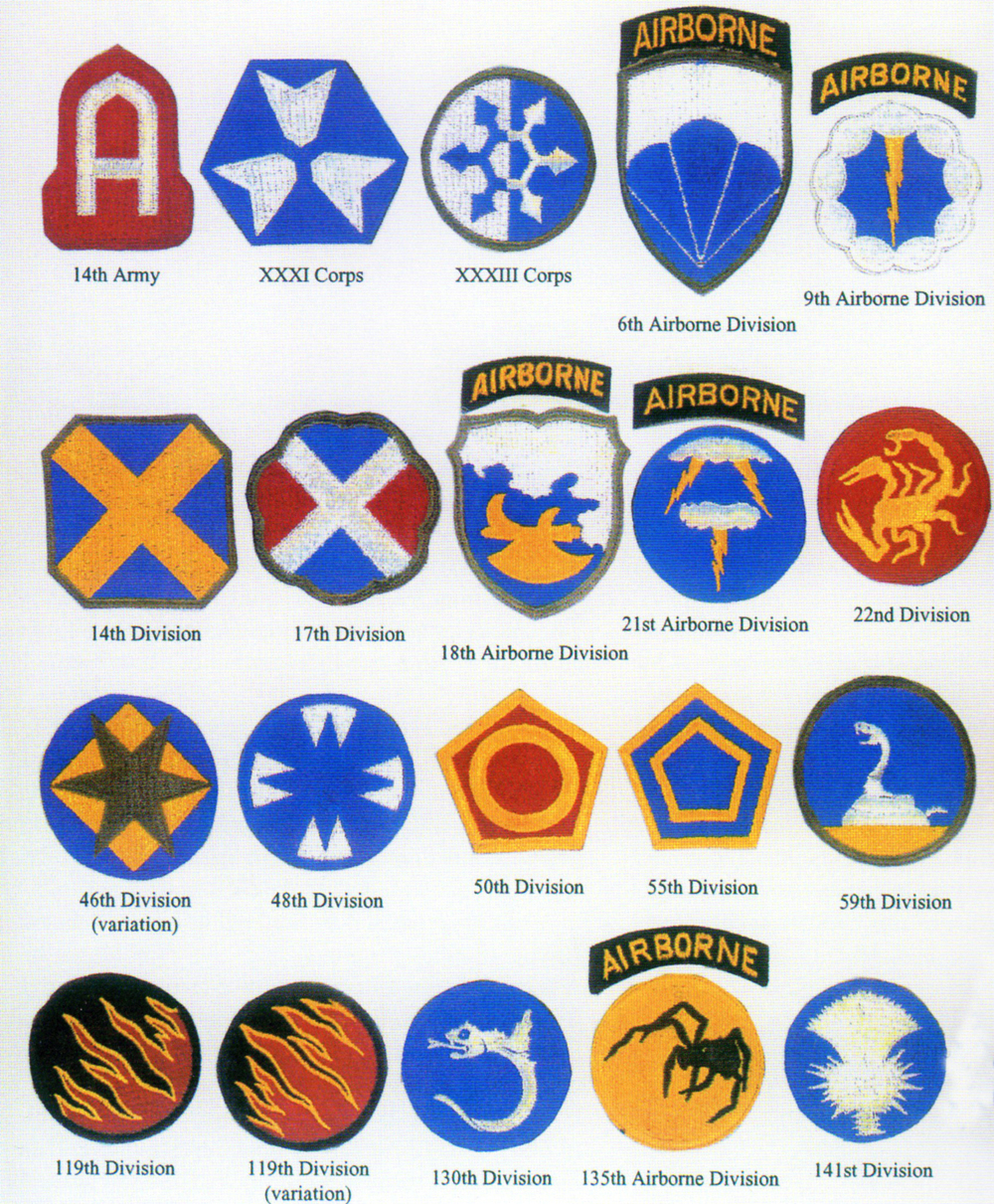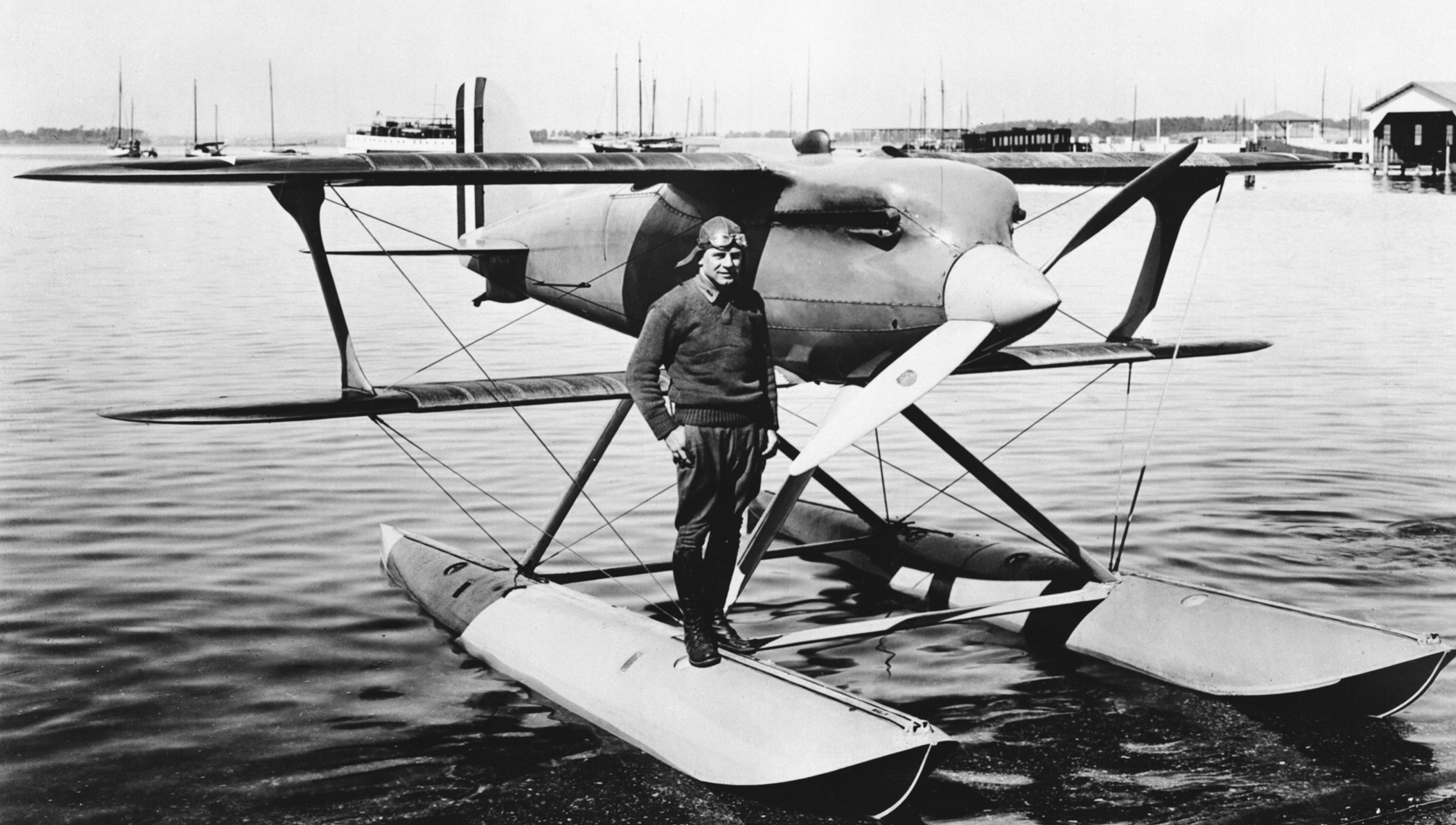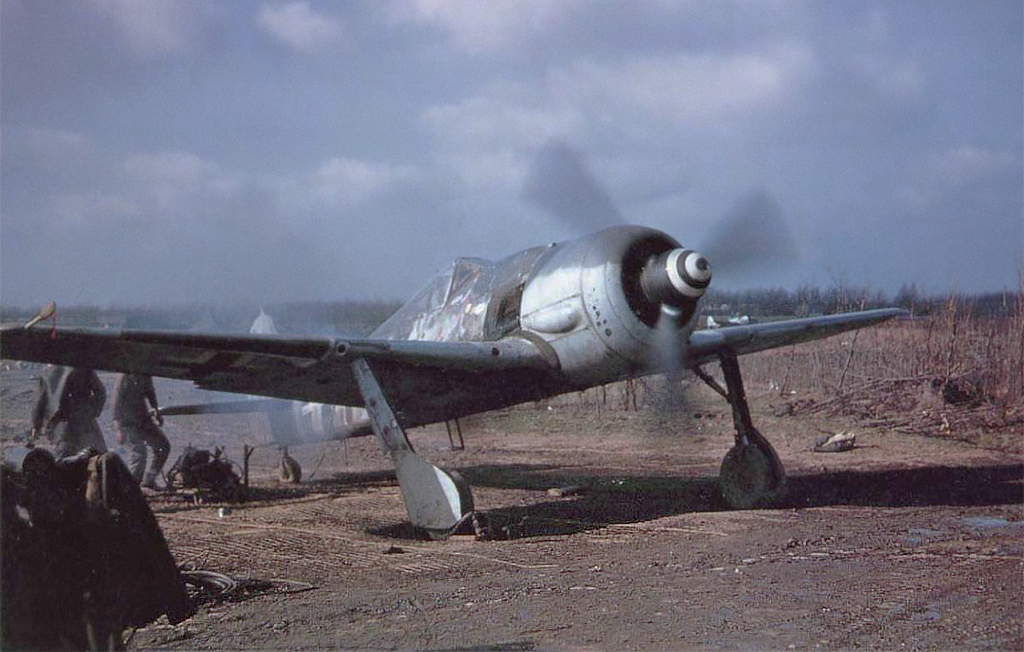|
Heinkel He 162 Volksjäger
The Heinkel He 162 ''Volksjäger'' (German language, German, "People's Fighter") is a German single-engine, jet-powered fighter aircraft fielded by the Luftwaffe late in World War II. Developed under the Emergency Fighter Program, it was designed and built quickly and made primarily of wood as metals were in very short supply and prioritised for other aircraft. ''Volksjäger'' was the Reich Air Ministry's official name for the government design program competition won by the He 162 design. Other names given to the plane include ''Salamander'', which was the codename of its wing-construction program, and ''Spatz'' ("Sparrow"), which was the name given to the plane by the Heinkel aviation firm. The aircraft was notable for its small size. It had a distinctive top-mounted engine which, combined with the aircraft's low landing gear, allowed the engine to be easily accessed for maintenance. This made Parachuting, bailing out of the aircraft without hitting the engine difficult, ... [...More Info...] [...Related Items...] OR: [Wikipedia] [Google] [Baidu] |
Jet Fighter
Fighter aircraft (early on also ''pursuit aircraft'') are military aircraft designed primarily for air-to-air combat. In military conflict, the role of fighter aircraft is to establish air superiority of the battlespace. Domination of the airspace above a battlefield permits bombers and attack aircraft to engage in tactical and strategic bombing of enemy targets, and helps prevent the enemy from doing the same. The key performance features of a fighter include not only its firepower but also its high speed and maneuverability relative to the target aircraft. The success or failure of a combatant's efforts to gain air superiority hinges on several factors including the skill of its pilots, the tactical soundness of its doctrine for deploying its fighters, and the numbers and performance of those fighters. Many modern fighter aircraft also have secondary capabilities such as ground attack and some types, such as fighter-bombers, are designed from the outset for dual roles. O ... [...More Info...] [...Related Items...] OR: [Wikipedia] [Google] [Baidu] |
MK 108 Cannon
The MK 108 (German: ''Maschinenkanone''—"machine cannon") is a 30 mm caliber autocannon manufactured in Germany during World War II by Rheinmetall‑Borsig for use in aircraft. Development The weapon was developed as a private venture by the company in 1940 and was submitted to the '' Reichsluftfahrtministerium'' (RLM—Reich Aviation Ministry) in response to a 1942 requirement for a heavy aircraft weapon for use against the Allied heavy bombers appearing over German-controlled regions by then. Testing verified that the autocannon was well suited to this role, requiring on average just four hits with its 85g RDX-load (in a 330g shell) and a resulting strongly brisant high-explosive ammunition, to bring down a heavy bomber such as a B-17 Flying Fortress or B-24 Liberator, and just a single "shattering" hit to down a fighter. In comparison, the otherwise excellent 20 mm MG 151/20 (18g of HE in a 92g shell) required about 15 to 20 hits to down a B-17. The MK 108 was quick ... [...More Info...] [...Related Items...] OR: [Wikipedia] [Google] [Baidu] |
Heinkel He 162 Freeman Field IN 1945
Heinkel Flugzeugwerke () was a German aircraft manufacturing company founded by and named after Ernst Heinkel. It is noted for producing bomber aircraft for the Luftwaffe in World War II and for important contributions to high-speed flight, with the pioneering examples of a successful liquid-fueled rocket and a turbojet-powered aircraft in aviation history, with both Heinkel designs' first flights occurring shortly before the outbreak of World War II in Europe. History Following the successful career of Ernst Heinkel as the chief designer for the Hansa-Brandenburg aviation firm in World War I, Heinkel's own firm was established at Warnemünde in 1922, after the restrictions on German aviation imposed by the Treaty of Versailles were relaxed. By 1929, the firm's compressed air-powered catapults were in use on the German Norddeutscher Lloyd ocean-liners and to launch short-range mail planes from the liners' decks. The company's first post-World War I aircraft design success wa ... [...More Info...] [...Related Items...] OR: [Wikipedia] [Google] [Baidu] |
Eisenhower Presidential Library
The Dwight D. Eisenhower Presidential Library, Museum and Boyhood Home is the presidential library and museum of Dwight David Eisenhower, the 34th president of the United States (1953–1961), located in his hometown of Abilene, Kansas. The museum includes Eisenhower's boyhood home, where he lived from 1898 until being appointed to West Point in 1911, and is also the president's final resting place. It is one of the thirteen presidential libraries under the auspices of the National Archives and Records Administration (NARA). History The Eisenhower Presidential complex is only one of two whose creation preceded the close of a presidency, and while this is obviously the case with his boyhood home, construction of the library itself began in 1958, and the museum portion before he even took office, coinciding with the then-General's announcement of his presidential candidacy in June 1952. Eisenhower Foundation As World War II came to an end, local admirers of the Supreme Comm ... [...More Info...] [...Related Items...] OR: [Wikipedia] [Google] [Baidu] |
Normandy Landings
The Normandy landings were the landing operations and associated airborne operations on 6 June 1944 of the Allies of World War II, Allied invasion of Normandy in Operation Overlord during the Second World War. Codenamed Operation Neptune and often referred to as D-Day (after D-Day (military term), the military term), it is the largest seaborne invasion in history. The operation began the liberation of France, and the rest of Western Europe, and laid the foundations of the Allied victory on the Western Front (World War II), Western Front. Planning for the operation began in 1943. In the months leading up to the invasion, the Allies conducted a substantial military deception, codenamed Operation Bodyguard, to mislead the Germans as to the date and location of the main Allied landings. The weather on the day selected for D-Day was not ideal, and the operation had to be delayed 24 hours; a further postponement would have meant a delay of at least two weeks, as the planners had re ... [...More Info...] [...Related Items...] OR: [Wikipedia] [Google] [Baidu] |
Jimmy Doolittle
James Harold Doolittle (December 14, 1896 – September 27, 1993) was an American military general and aviation pioneer who received the Medal of Honor for his raid on Japan during World War II, known as the Doolittle Raid in his honor. He made early coast-to-coast flights and record-breaking speed flights, won many flying races, and helped develop and flight-test instrument flying. According to the US FAA, he was the first pilot ever to perform a successful instrument flight. Doolittle grew up in Nome, Alaska. He attended the University of California, Berkeley, where he graduated with a Bachelor of Arts in 1922. That year, he made the first cross-country flight in an Airco DH.4, and in 1925, was awarded a doctorate in aeronautics from the Massachusetts Institute of Technology, the first such doctorate degree issued in the United States. In 1927, he performed the first outside loop, thought at the time to be a fatal aerobatic maneuver, and two years later, in 1929, pioneere ... [...More Info...] [...Related Items...] OR: [Wikipedia] [Google] [Baidu] |
Lockheed P-38 Lightning
The Lockheed P-38 Lightning is an American single-seat, twin piston-engined fighter aircraft that was used during World War II. Developed for the United States Army Air Corps (USAAC) by the Lockheed Corporation, the P-38 incorporated a distinctive twin boom, twin-boom design with a central nacelle containing the cockpit and armament. Along with its use as a general fighter aircraft, fighter, the P-38 was used in various aerial combat roles, including as a highly effective fighter-bomber, a night fighter, and a Range (aircraft), long-range escort fighter when equipped with drop tanks. The P-38 was also used as a bomber-pathfinder, guiding streams of medium bomber, medium and heavy bombers, or even other P-38s equipped with bombs, to their targets."P-38 Lightning" Na ... [...More Info...] [...Related Items...] OR: [Wikipedia] [Google] [Baidu] |
Republic P-47 Thunderbolt
The Republic P-47 Thunderbolt is a World War II-era fighter aircraft produced by the American company Republic Aviation from 1941 through 1945. It was a successful high-altitude fighter, and it also served as the foremost American fighter-bomber in the ground-attack role. Its primary armament was eight .50-caliber machine guns, and it could carry 5-inch rockets or a bomb load of . When fully loaded, the P-47 weighed up to 8 tons, making it one of the heaviest fighters of the war. The Thunderbolt was effective as a short-, medium-, and long range escort fighter in high-altitude air-to-air combat and ground attack in both the European and Pacific theaters. The P-47 was designed around the powerful Pratt & Whitney R-2800 Double Wasp 18-cylinder radial engine, which also powered two U.S. Navy/U.S. Marine Corps fighters, the Grumman F6F Hellcat and the Vought F4U Corsair. An advanced turbosupercharger system ensured the aircraft's eventual dominance at high altitudes, while al ... [...More Info...] [...Related Items...] OR: [Wikipedia] [Google] [Baidu] |
P-51 Mustang
The North American Aviation P-51 Mustang is an American long-range, single-seat fighter aircraft, fighter and fighter-bomber used during World War II and the Korean War, among other conflicts. The Mustang was designed in 1940 by a team headed by James H. Kindelberger of North American Aviation (NAA) in response to a requirement of the British Purchasing Commission. The commission approached NAA to build Curtiss P-40 Warhawk, Curtiss P-40 fighters under license for the Royal Air Force (RAF). Rather than build an old design from another company, NAA proposed the design and production of a more modern fighter. The prototype NA-73X airframe was completed on 9 September 1940, 102 days after contract signing, achieving its first flight on 26 October. The Mustang was designed to use the Allison V-1710 engine without an export-sensitive turbosupercharger or a multi-stage supercharger, resulting in limited high-altitude performance. The aircraft was first flown operationally and very s ... [...More Info...] [...Related Items...] OR: [Wikipedia] [Google] [Baidu] |
Big Week
Operation Argument, after the war dubbed Big Week, was a sequence of raids by the United States Army Air Forces and RAF Bomber Command from 20 to 25 February 1944, as part of the Combined Bomber Offensive against Nazi Germany. The objective of Operation Argument was to destroy aircraft factories in central and southern Germany in order to defeat the ''Luftwaffe'' before the Normandy landings during Operation Overlord were to take place later in 1944. The joint daylight bombing campaign was also supported by RAF Bomber Command operating against the same targets at night. Arthur Travers Harris, Arthur "Bomber" Harris resisted contributing RAF Bomber Command so as not to dilute the British "area bombing" offensive Battle of Berlin (RAF campaign), against Berlin. It took an order from Air Chief Marshal Sir Charles Portal, 1st Viscount Portal of Hungerford, Charles Portal, Chief of the Air Staff (United Kingdom), Chief of the Air Staff, to force Harris to comply. RAF Fighter Comma ... [...More Info...] [...Related Items...] OR: [Wikipedia] [Google] [Baidu] |
Focke-Wulf Fw 190 Operational History
The Focke-Wulf Fw 190 ''Würger'' was used by the ''Luftwaffe'' during the Second World War in a variety of roles. Like the Messerschmitt Bf 109, the Fw 190 was employed as a "workhorse", and proved suitable for a wide variety of roles, including air superiority fighter, strike fighter, ground-attack aircraft, escort fighter, and operated with less success as a night fighter. It served on all the German fronts: Eastern Front, Western Front, North African Campaign and the Defence of the Reich. When it was first introduced in August 1941, it quickly proved to be superior in all but turn radius to the Royal Air Force (RAF) front-line fighter, the Spitfire Mk. V variant. The 190 wrested air superiority away from the RAF until the introduction of the vastly improved Spitfire Mk. IX in July 1942 restored qualitative parity. The Fw 190 made its air combat debut on the Eastern Front much later, in November/December 1942. The Fw 190 made a significant impact seeing ... [...More Info...] [...Related Items...] OR: [Wikipedia] [Google] [Baidu] |







